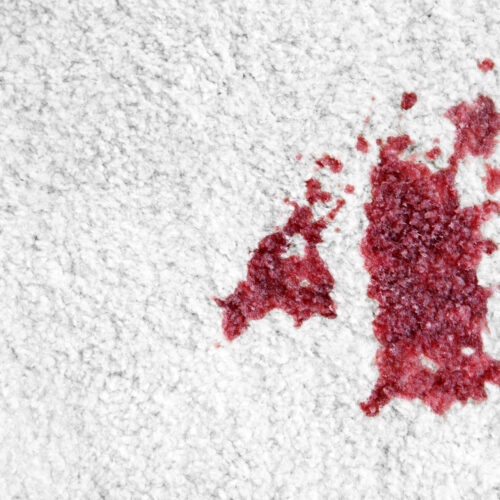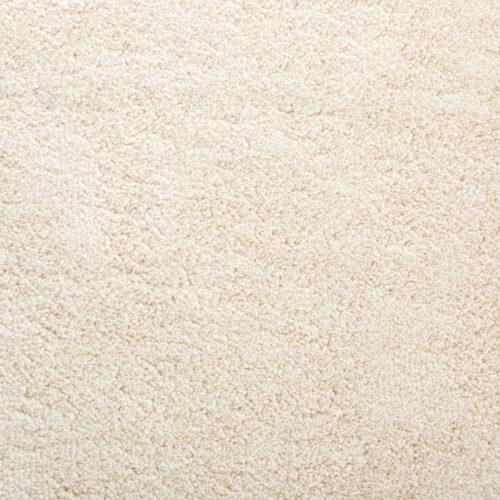May 8th, 2018 | Infection Control
Part 1: Are carpets in healthcare facilities making us sick?
It’s commonly known that carpeting is one of the most affordable and economical types of flooring on the market. What is less well-known are its various health benefits. Carpets play the role of an indoor air filter, trapping dust and other allergens as well as airborne pathogens in its fibres, preventing these elements from circulating in the air and spreading into unwanted areas. In fact, one square foot of carpeting can trap as much as a pound of dirt and dust. At the same time, carpets and soft furnishings trap germs and provide them with a safe, warm environment that contains the perfect conditions for them to breed. With patients, medical residents and nurses walking over your flooring every day, it’s imperative to implement a consistent cleaning and maintenance regimen that combines regular vacuuming with periodic professional deep cleanings, to ensure that carpeting is able to perform its role of supporting cleaner, healthier air. Infection control manuals and maintenance guides worldwide, recommend that hard floors be cleaned at least once per day! Maybe it is time we took more notice of carpets and soft furnishings, in healthcare environments.
In actual fact, flooring is possibly the most commonly touched surface in medical facilities, and therefore a major source of HAI (Hospital Acquired Infection) transmission. Thousands of feet, wheels and equipment make contact with the floor every day. We all, often touch objects that have recently been in contact with the floor. We rest our hands on the wheels of wheelchairs, we pick up shoes, clothing and bags. Cross-contamination happens quicker and easier than we may have thought.
Additionally, it’s good to know that the majority of dirt brought in from the outdoors, gets trapped in the carpet within the first 30 feet of the entry way. According to a University of Arizona study, nine different types of pathogens or bacteria can thrive on shoes alone and can be transferred into a home or other indoor space. Because of the role that carpets and rugs can play in trapping allergens and bacteria and preventing them from circulating in the air, placing walk-off mats at every entry point can prevent soil and other unhealthy elements from penetrating further into the facility. This approach also helps your carpets to stay cleaner and helps to maintain the longevity of your flooring.
Flooring in healthcare facilities is often overlooked as a potential breeding ground and transfer station for healthcare associated pathogens, including Methicillin-resistant Staphylococcus aureus (MRSA), VRE, and C. difficile. Floor surfaces are considered to be non-critical, because they are not a surface that is frequently touched by the hands of patients or nursing staff (high-touch points). However, recent studies have shown germs present on flooring, are very easily transferred through bed linens, equipment and clothing, coming into contact with the floor. Researchers found that of 100 occupied rooms investigated, 41% had 1 or more high-touch objects in contact with the floor. Infection control discussions, tend to revolve around hard floor surfaces due to their prevalence in critical areas such as theatres and intensive care wards. In the study conducted by Abhishek Deshpande, MD, PhD and colleagues, researchers cultured 318 floor sites from 159 patient rooms (two sites per room) in five hospitals. The hospital rooms included both C. difficile infection (CDI) isolation rooms and non-CDI rooms. The researchers found that floors in patient rooms were often contaminated with Methicillin-resistant Staphylococcus aureus (MRSA), VRE, and C. difficile, with C. difficile being the most frequently recovered pathogen found in both CDI isolation rooms and non-CDI rooms.
The healthcare environment, which includes floors and medical devices, contribute to approximately 20% of the 700,000 cases of HAIs that occur each year. Innovative solutions to combat this are making infection control easier and more effective every day.
Part 2: How should we be cleaning carpets in medical facilities?
Part 3: How often should we be cleaning carpets in medical facilities?

Webinar Recording: Emulsifiers & Acid Rinses – Enhance your cleaning effciency Unlock the secrets to boosting your productivity and enhancing your [...]
Read more
Removing blood from carpets requires a careful approach to avoid permanent damage. When removing blood stains, always use cold water, [...]
Read more
A facility manager’s ultimate guide for effective stain removal. A comprehensive understanding of how to effectively remove stains from [...]
Read more